
Making Space at the Table
NAP Contemporary’s group show, The Elephant Table, platforms six artists and voices—creating chaos, connection and conversation.
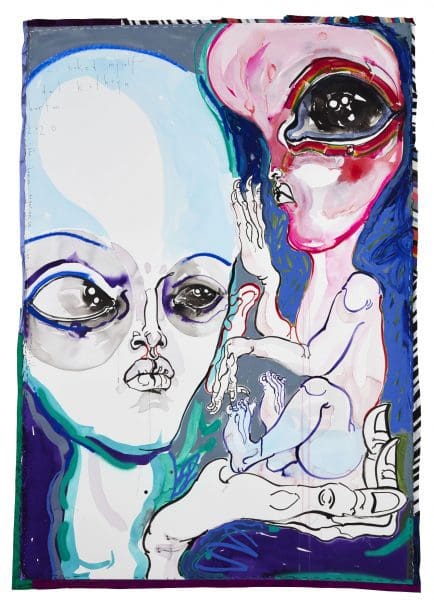
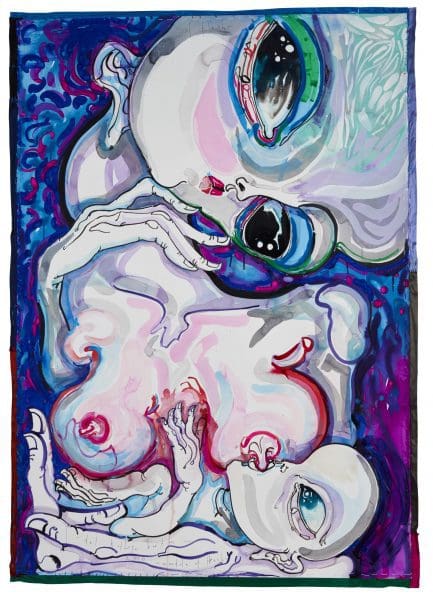
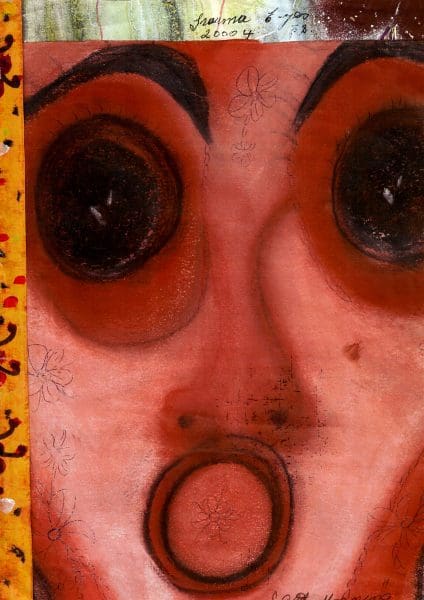
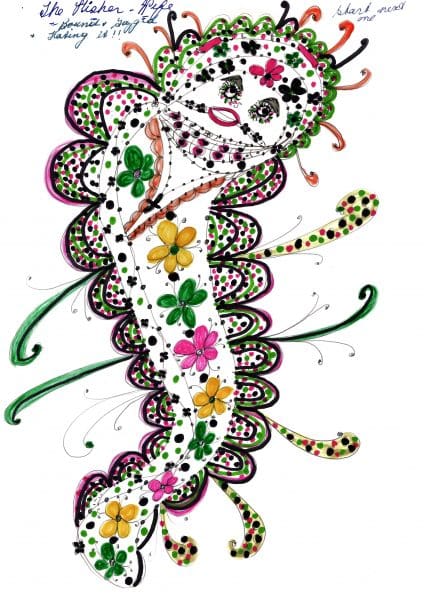


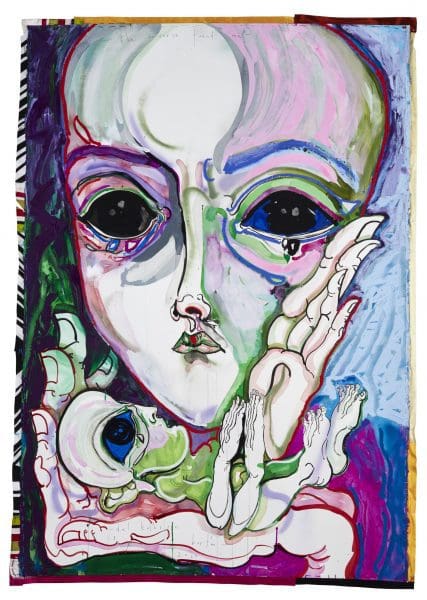
Developed by the Dax Centre, an institution which focuses on using art to reduce the stigma surrounding mental health issues, Child and Mother is an exhibition reflecting on childhood trauma, motherhood and the relationships we form. Interpreted through the work of Patricia Stewart and Del Kathryn Barton, the exhibition explores intense experiences of trauma and mental illness while also highlighting hope, creativity and resilience.
Child and Mother includes six new paintings by Barton, but the majority of work in the show is by Patricia Stewart, a Melbourne-based artist who has used drawing, painting and soft sculpture prolifically as a therapeutic conduit for overcoming the deep, complex trauma that informs her creative practice.

Throughout Stewart’s childhood, she was subjected to severe abuse as a direct consequence of her mother’s struggle with Munchausen syndrome by proxy. With time, meditation and psychological support, Stewart has been able to move through this trauma and find healing in art making. “I express my emotions through my art,” Stewart says. “I find the arts a very safe and natural way to integrate trauma. When I began making art, it was as if I had an inner language, a language that came out in images. I thought this world was private to me but now I see it’s known to many.”
Taking on a curatorial role in addition to contributing paintings reflecting on the mother-child bond, Barton worked in collaboration with Julia Young, the Dax Centre collections manager and curator, to put the exhibition together. To chart Stewart’s personal journey of visual expression across 25 years, Barton and Young selected examples of Stewart’s work from the Cunningham Dax Collection and the artist’s personal archive.
Often figurative, Stewart’s imagery is filled with faces and bodies entwined with intricate patterning, kaleidoscopic hues and illustrative detail. While many of the pieces are small and drawn on paper, echoing the portable nature of Stewart’s preferred way of working – “I work all over the house – in the kitchen, the lounge room and the bathroom” – several larger pieces are more recent, having been created after striking up a friendship with Barton.
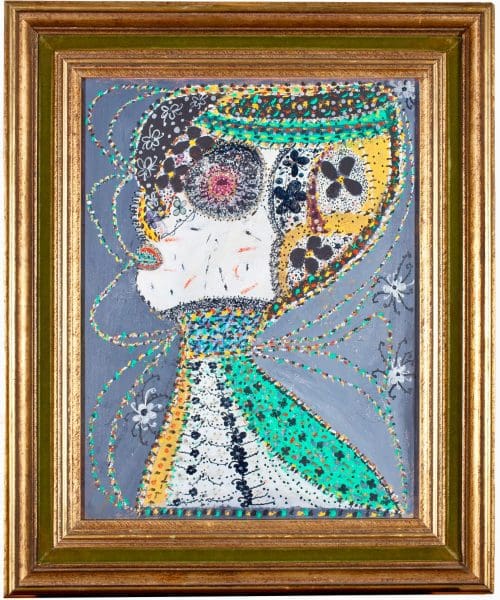
When looking at their work side-by-side in Child and Mother, the connection between Barton and Stewart is clear. There is a palpable affinity in the colours they use and the free-flowing lines peppered with the microscopic detail that permeates their work. Profoundly moved by the raw honesty of Stewart’s visual imagery, in a recent interview with the Dax Centre Barton spoke about what draws her to Stewart’s work. “On one level there is the narrative or lived experience that has informed Patricia’s work. For me, there’s also an overwhelming sense of optimism, joy and expression. I find that dichotomy and tension infinitely fascinating and life giving.”
In the process of assembling the exhibition content, Barton and Young spent time at Stewart’s home, speaking at length about her life experiences and going through a huge archive of work. Highlighting the restorative nature of communication and connection, Stewart reveals, “The fact that Del had taken the time to come with Julia to my place made a big difference because they both had hands-on exposure to my work. It was done with great patience and sensitivity. The selection of work in the exhibition is so perfectly me.” As Barton puts it, “The fact that we can carry trauma with us and it can create, inform and grow our greatest qualities as human beings – I feel there’s no greater gift.”
Child and Mother
The Dax Centre
Until 31 January